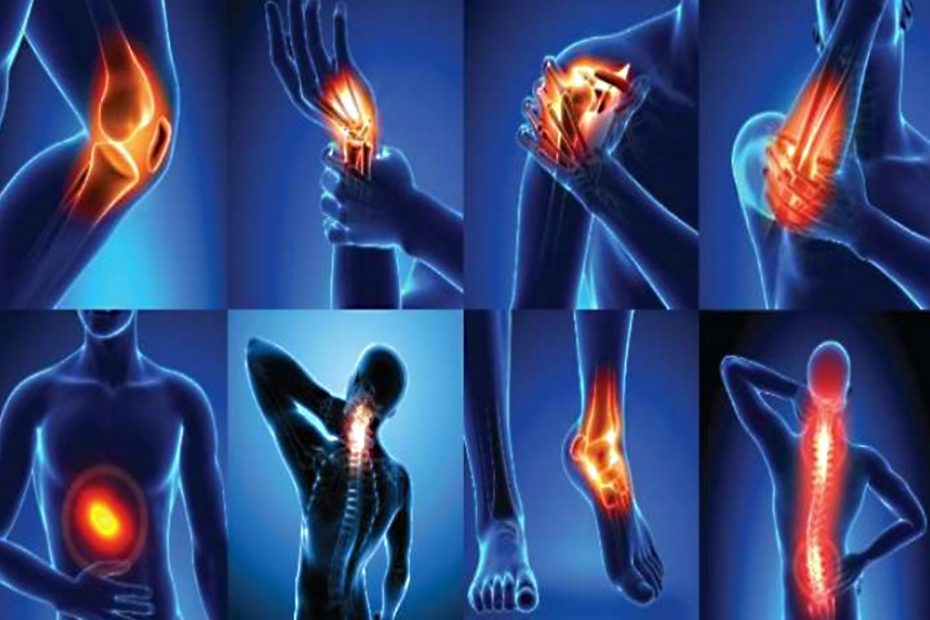Pain is a universal human experience that defies easy measurement. However, in an attempt to better understand, diagnose, and manage pain, researchers and healthcare professionals have turned to quantitative methods. This article will delve into the intricate relationship between pain and numbers, exploring the various ways in which pain is measured, assessed, and analyzed. From the subjective nature of pain to the advancements in quantitative pain research, this exploration aims to provide a comprehensive understanding of the complex interplay between pain and numerical data.
The Subjective Nature of Pain:
Definition of Pain:
Pain is a complex sensory and emotional experience that is inherently subjective. While it is a universal phenomenon, its perception varies widely among individuals. This subjectivity poses a significant challenge when attempting to quantify and measure pain accurately.
Pain Scales:
Healthcare professionals commonly use pain scales to assess and quantify the subjective experience of pain. From the traditional numerical rating scale (NRS) to more complex tools like the visual analog scale (VAS) and the McGill Pain Questionnaire, these scales attempt to translate the subjective into the objective. We will explore the strengths and limitations of these scales in capturing the nuances of pain.
The Neuroscience of Pain:
Neuroimaging and Pain:
Advancements in neuroimaging technologies, such as functional magnetic resonance imaging (fMRI) and positron emission tomography (PET), have allowed researchers to observe and quantify brain activity associated with pain. We will delve into how these techniques contribute to our understanding of the neural correlates of pain and the challenges of translating brain activity into numerical data.
Quantitative Sensory Testing:
Quantitative sensory testing (QST) involves applying controlled stimuli to assess an individual's response to pain. Thermal, mechanical, and electrical stimuli provide numerical data that help researchers characterize pain sensitivity and thresholds. We will explore the applications and limitations of QST in clinical and research settings.
Pain and Epidemiology:
Prevalence and Incidence:
Epidemiological studies aim to quantify the occurrence of pain within populations. Analyzing prevalence and incidence rates helps identify patterns, risk factors, and disparities in pain experiences. We will examine how epidemiological data contribute to public health strategies for pain management.
Burden of Disease:
Quantifying the burden of pain involves assessing its impact on individuals, healthcare systems, and economies. Disability-adjusted life years (DALYs) and quality-adjusted life years (QALYs) are metrics used to quantify the overall health impact of pain conditions. Understanding the burden of pain aids in resource allocation and policy development.
Quantitative Approaches to Pain Management:
Pharmacokinetics and Pharmacodynamics:
The study of how the body absorbs, distributes, metabolizes, and excretes pain medications falls under pharmacokinetics. Pharmacodynamics, on the other hand, explores the drug's effects on the body. Analyzing these numerical aspects helps optimize drug dosages and predict therapeutic outcomes in pain management.
Digital Health and Pain Tracking:
The advent of smartphones and wearable devices has enabled individuals to track and quantify their pain experiences in real-time. We will explore how digital health tools, including mobile apps and wearable sensors, provide valuable data for both patients and healthcare providers in managing chronic pain.
Challenges and Ethical Considerations:
Cultural and Individual Variability:
Despite the efforts to quantify pain, its subjective nature remains a challenge. Cultural differences, individual pain thresholds, and diverse expressions of pain complicate the interpretation of numerical data. This section will discuss the importance of considering cultural and individual factors in quantitative pain research.
Ethical Implications:
The use of numerical data in pain research raises ethical considerations, including issues related to informed consent, privacy, and potential stigmatization. We will explore the ethical challenges associated with quantifying pain and how researchers navigate these complexities.
Future Directions in Quantitative Pain Research:
Artificial Intelligence and Machine Learning:
The integration of artificial intelligence (AI) and machine learning (ML) holds promise for advancing quantitative pain research. These technologies can analyze vast datasets, identify patterns, and contribute to personalized pain management strategies. We will discuss the current applications and future potential of AI and ML in the field of pain research.
Biomarkers of Pain:
Identifying biomarkers associated with pain could revolutionize its diagnosis and management. We will explore current research endeavors aimed at uncovering biomarkers and the challenges in translating these findings into clinical practice.
Conclusion:
Pain and numbers, though seemingly disparate, are intertwined in the quest to understand and alleviate human suffering. From subjective pain scales to advanced neuroimaging techniques, the numerical lens through which we examine pain offers valuable insights. However, it is crucial to acknowledge the inherent complexities, ethical considerations, and cultural nuances that accompany the quantification of pain. As technology continues to evolve and our understanding deepens, the intersection of pain and numbers will likely lead to more effective, personalized, and compassionate approaches to pain management.


No comments yet